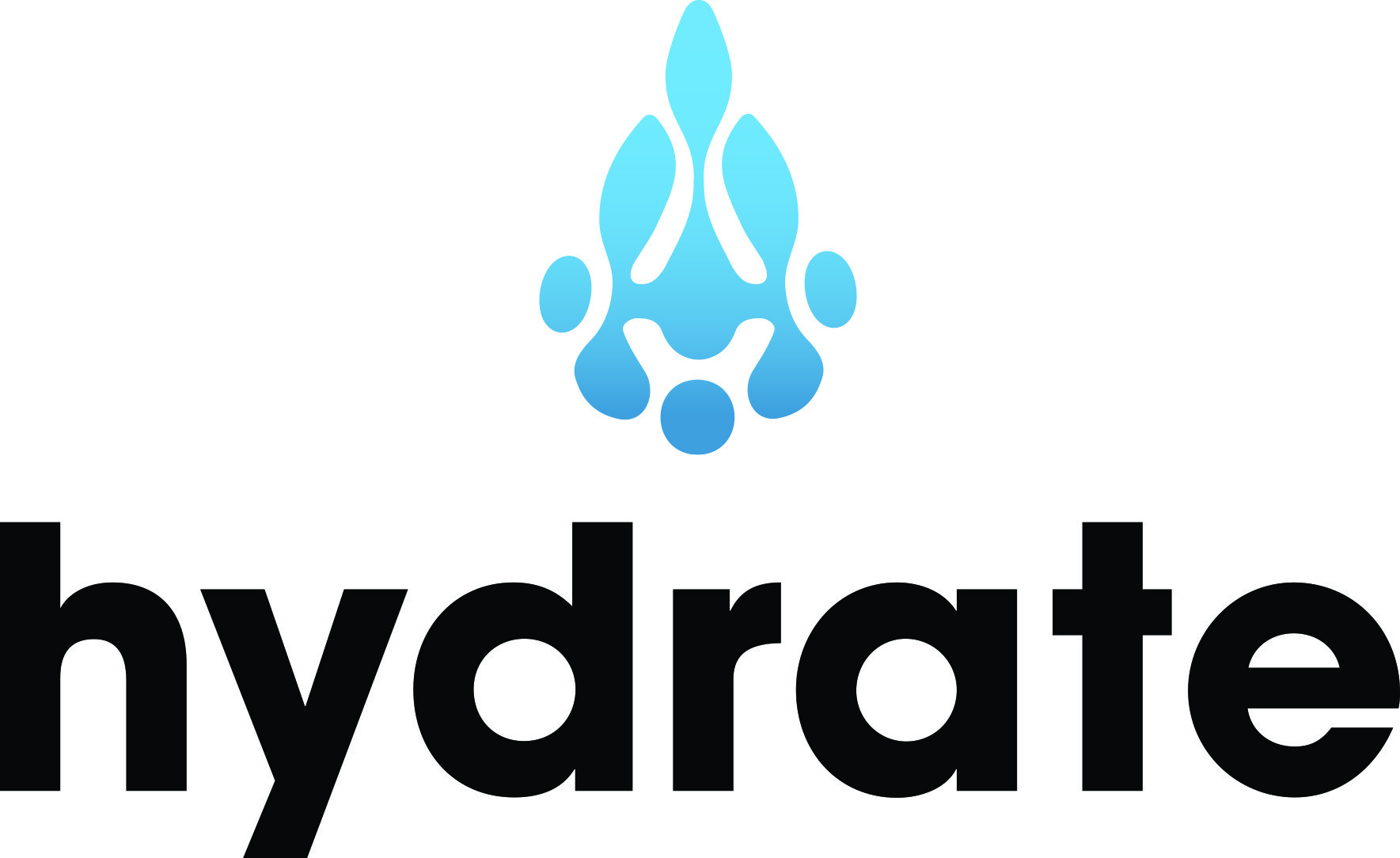We’ve all been in them before. Long, tedious, nonsensical, directionless periods of time when groups of us sit around a table and pretend to be crafting brilliant strategies and turning early morning epiphanies into actionable plans. They can often resemble an out-of-body experience or a visit to the Twilight Zone.
A friend of mine once attended a meeting called Plan to Plan. He works for an academic institution where days full of meetings are the norm. This one, however, stood out in its ludicrous nature and blatant disregard for the attendees’ precious time. The goal of the meeting was to plan for a meeting where they would discuss how to better plan their goals, objectives, and activities in the future. Plan to Plan. Brilliant!
Several years ago a colleague in the petroleum industry suggested we try a 20-minute standup meeting. The objective of the meeting was to merely share our current activities and deliverables with colleagues in the management team. We’d descend on the conference room weekly at the same time like a SWAT team, armed only with notes, erasable markers, and coffee.
Here’s how it worked:
– In no particular order, we would take turns briefly detailing our deliverables
– We’d list them on a white board divided into columns while discussing them
– Team members would ask for clarification and offer assistance
– A timer would be set to 20 minutes so we’d stay on track
– We would take a peek at the board during the week to remind us of actions
The 20 Minute Stand Up Meeting accomplishes many things. It allows groups of people who often work in silos an opportunity to find out what others are working on and how it may affect them or their clients. It also holds the team members accountable for their deliverables, because nobody wants to show up week after week having to admit they weren’t productive. Finally, they say that sitting is the new smoking; so standing up in the workplace is all the rage.
In order for the 20 minute standup to be effective on an ongoing basis:
– Team members, including the leader, need to buy into the process as having value
– Participants need to honor the schedule in order to minimize time conflicts
– The 20-minute time frame needs to be adhered to in order to minimize chatter
– Participants need to revisit their deliverables between meetings to remain agile
The 20-minute stand up meeting can be a great way to build camaraderie and reinforce creativity while being efficient and productive. Plan to Stand!








